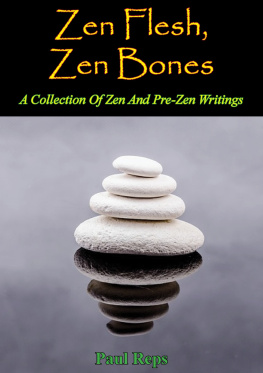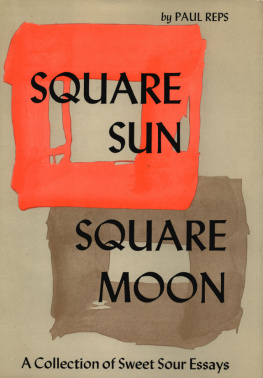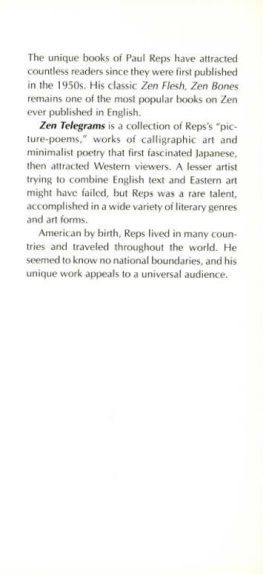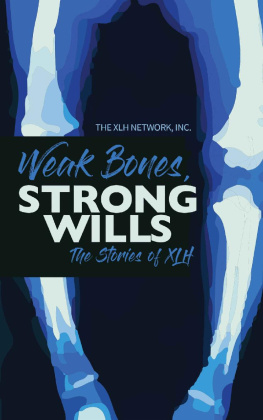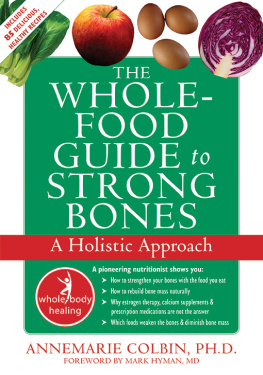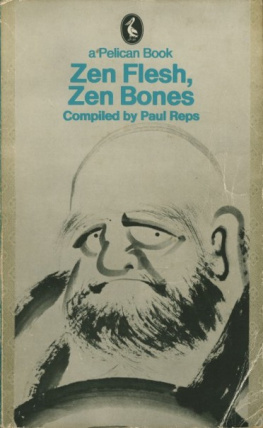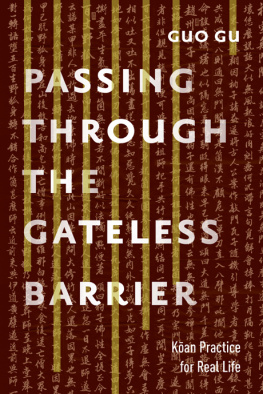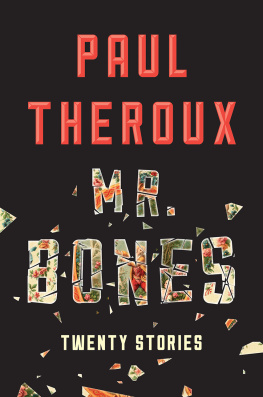

This edition is published by PICKLE PARTNERS PUBLISHINGwww.picklepartnerspublishing.com
To join our mailing list for new titles or for issues with our books picklepublishing@gmail.com
Or on Facebook
Text originally published in 1957 under the same title.
Pickle Partners Publishing 2015, all rights reserved. No part of this publication may be reproduced, stored in a retrieval system or transmitted by any means, electrical, mechanical or otherwise without the written permission of the copyright holder.
Publishers Note
Although in most cases we have retained the Authors original spelling and grammar to authentically reproduce the work of the Author and the original intent of such material, some additional notes and clarifications have been added for the modern readers benefit.
We have also made every effort to include all maps and illustrations of the original edition the limitations of formatting do not allow of including larger maps, we will upload as many of these maps as possible.
ZEN FLESH, ZEN BONES: A COLLECTION OF ZEN AND PRE-ZEN WRITINGS
COMPILED BY
PAUL REPS
TABLE OF CONTENTS
Contents
COMPILED BY PAUL REPS
101 ZEN STORIES
THE GATELESS GATE
10 BULLS
CENTERING
Here, in one volume, are four original sources for Zen, four books of what would be Zen scripture if Zen had such things as scriptures. The first book, 101 Zen Stories , shadows the experiences of scores of Zen masters and students during the past seven-hundred years. It records the outward occasion of numerous "enlightenments"the achievement of satori and it tells too, of many who failed to achieve it. The second book, The Gateless Gate , is the famous Mumonkan, a collection of forty-eight Zen koans, those ultimate riddles whose sincere contemplation may redeem the mind, open it, attain for it a second birth. Found in 10 Bulls is a commentary on the stages of awareness, the progressive steps leading toward the instant of enlightenment. The illustrations to 10 Bulls are by one of Japan's leading woodblock artists. The fourth book. Centering , is a transcription from the ancient Sanskrit of a four-thousand-year-old teaching, still surviving in Kashmir, that may well be the roots of Zen. For the reader already familiar with Zen, this book should serve as a desirable volume of source readings; for the reader not familiar with it, it should be an ideal introduction.
ABOUT THE AUTHOR
PAUL REPS, the compiler, is an American who has spent a great deal of his life abroad, mainly in India, Norway, and Japan. He is a student of comparative religions and is the author of several books of poems and prose. Each of the first three parts of ZEN FLESH, ZEN BONES appeared as a separate volume in the 1930s under Mr. Reps name.
NYOGEN SENZAKI, who collaborated with Paul Reps in the transcription of the first three parts of the present volume, is a Buddhist scholar of international renown. He was born in Japan and very early became a homeless monk, wandering the land and studying at various monasteries. Shortly after the turn of the century he came to California where he has lived ever since.
FOREWORD
This book includes four books:
101 Zen Stories was first published in 1939 by Rider and Company, London, and David McKay Company, Philadelphia. These stories recount actual experiences of Chinese and Japanese Zen teachers over a period of more than five centuries.
The Gateless Gate was first published in 1934 by John Murray, Los Angeles. It is a collection of problems called koan that Zen teachers use in guiding their students toward release, first re-corded by a Chinese master in the year 1228.
10 Bulls was first published in 1935 by DeVorss and Company, Los Angeles, and subsequently by Ralph R. Phillips, Portland, Oregon. It is a translation from the Chinese of a famous twelfth-century commentary upon the stages of awareness leading to enlightenment and is here illustrated by one of Japans best contemporary woodblock artists.
Centering , a transcription of ancient Sanskrit manuscripts, first appeared in the Spring 1955 issue of Gentry magazine, New York. It presents an ancient teaching, still alive in Kashmir and parts of India after more than four thousand years, that may well be the roots of Zen.
Thanks are due the publishers named above for permission to gather the material together here. And most of all am I grateful to Nyogen Senzald, homeless monk, exemplar-friend-collaborator, who so delighted with me in transcribing the first three books, even as that prescient man of Kashmir, Lakshmanjoo, did on the fourth.
The first Zen patriarch, Bodhidharma, brought Zen to China from India in the sixth century. According to his biography recorded in the year 1004 by the Chinese teacher Dogen, after nine years in China Bodhidharma wished to go home and gathered his disciples about him to test their apperception.
Dofuku said: In my opinion, truth is beyond affirmation or negation, for this is the way it moves.
Bodhidharma replied: You have my skin.
The nun Soji said: In my view, it is like Anandas sight of the Buddha-landseen once and for ever.
Bodhidharma answered: You have my flesh.
Doiku said: The four elements of light, airiness, fluidity, and solidity are empty [i.e., inclusive] and the five skandhas are no-things. In my opinion, no-thing [i.e., spirit] is reality.
Bodhidharma commented: You have my bones.
Finally, Eka bowed before the masterand remained silent.
Bodhidharma said: You have my marrow.
Old Zen was so fresh it became treasured and remembered. Here are fragments of its skin, flesh, bones, but not its marrownever found in words.
The directness of Zen has led many to believe it stemmed from sources before the time of Buddha, 500 B.C. The reader may judge for himself, for he has here for the first time in one book the experiences of Zen, the mind problems, the stages of awareness, and a similar teaching predating Zen by centuries.
The problem of our mind, relating conscious to preconscious awareness, takes us deep into everyday living. Dare we open our doors to the source of our being? What are flesh and bones for?
PAUL REPS
101 ZEN STORIES
Transcribed by Nyogen Senzaki and Paul Reps
These stories were transcribed into English from a book called the Shaseki-shu (Collection of Stone and Sand), written late in the thirteenth century by the Japanese Zen teacher Muju (the non-dweller), and from anecdotes of Zen monks taken from various books published in Japan around the turn of the present century .
For Orientals, more interested in being than in busyness, the self-discovered man has been the most worthy of respect. Such a man proposes to open his consciousness just as the Buddha did.
These are stories about such self-discoveries.
The following is adapted from the preface to the first edition of these stories in English.
Zen might be called the inner art and design of the Orient. It was rooted in China by Bodhidharma, who came from India in the sixth century, and was carried eastward into Japan by the twelfth century. It has been described as: A special teaching without scriptures, beyond words and letters, pointing to the mind-essence of man, seeing directly into ones nature, attaining enlightenment.
Zen was known as Chan in China. The Chan-Zen masters, instead of being followers of the Buddha, aspire to be his friends and to place themselves in the same responsive relationship with the universe as did Buddha and Jesus. Zen is not a sect but an experience.
Next page
